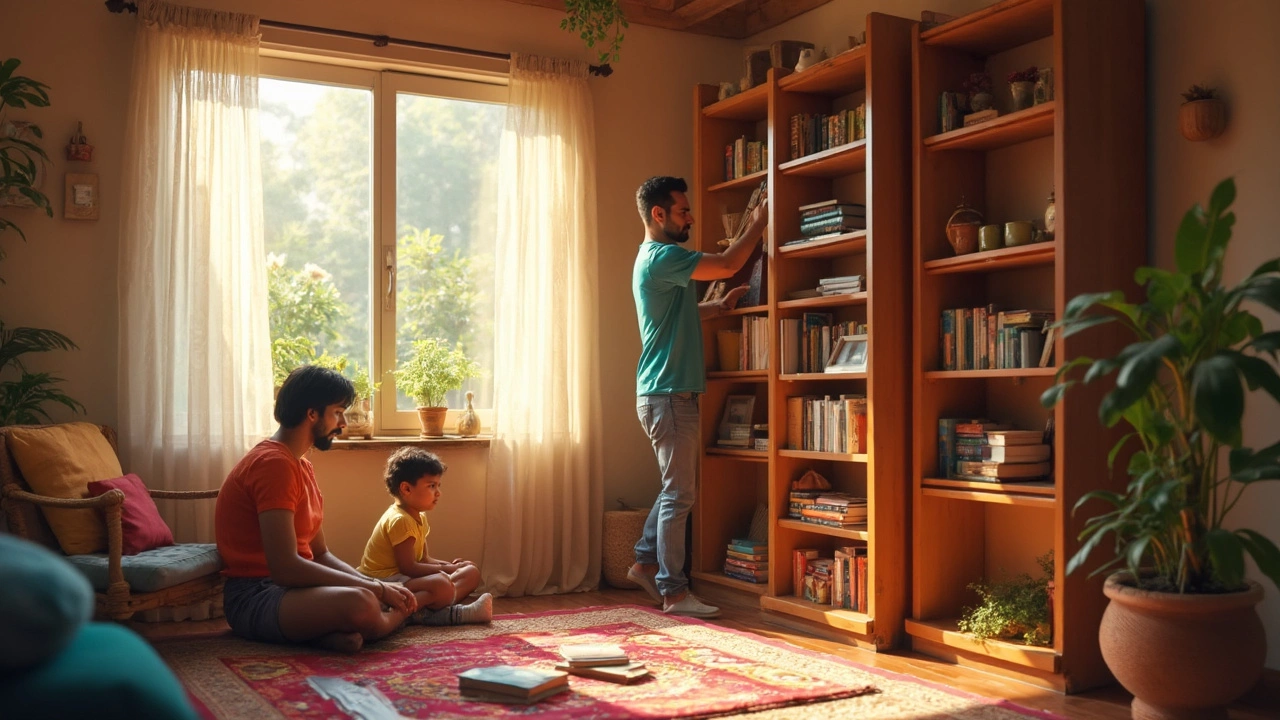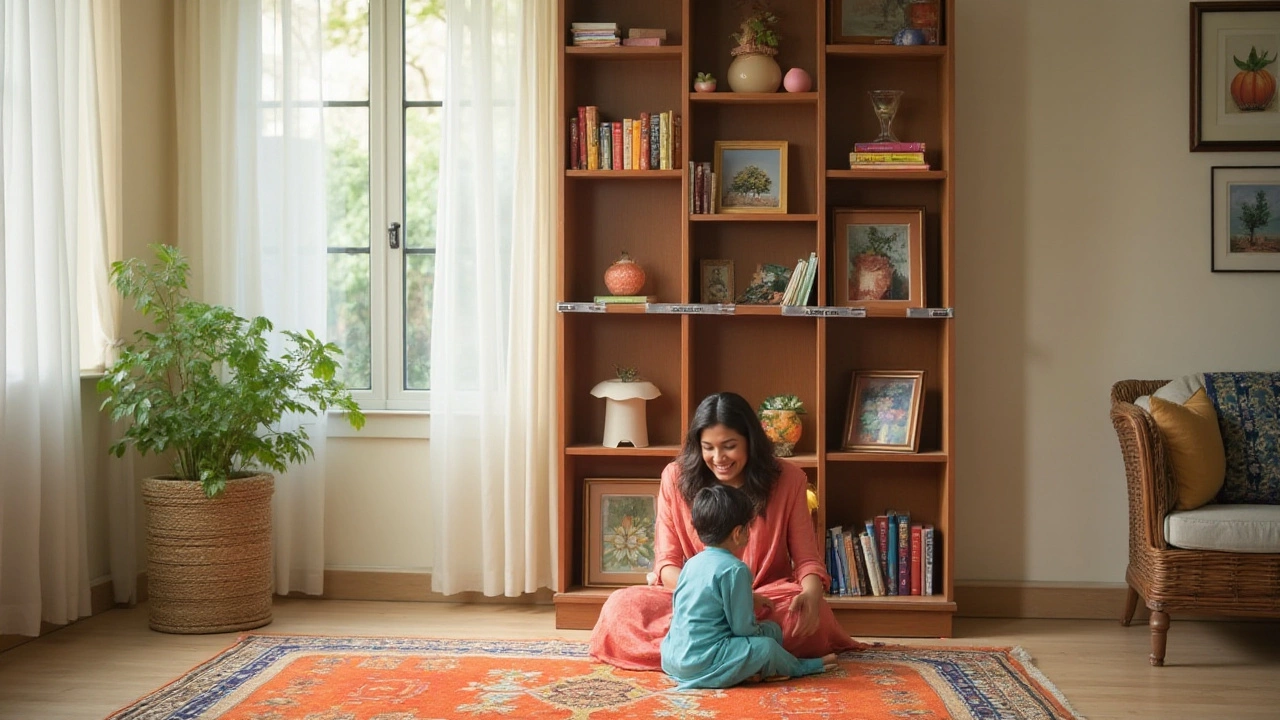Freestanding Bookcases: Your Guide to Picking, Placing, and Styling the Perfect Stand‑Alone Shelf
If you love a tidy room but need somewhere to showcase books, photos, or quirky décor, a freestanding bookcase is a solid choice. Unlike built‑in units, these shelves sit on the floor, so you can move them around, experiment with layout, and change the look whenever you want. Below you’ll find the basics on selecting the right size, material, and style, plus quick tricks to make the piece blend with your existing décor.
Choosing the Right Style and Size
First, measure the wall or corner where you plan to put the bookcase. Leave at least a few inches of breathing room on each side so the unit doesn’t feel cramped. For small apartments, a narrow, tall design (around 12‑15 inches wide and 6‑7 feet tall) maximises vertical storage without hogging floor space. Larger homes can handle a wide, low‑profile shelf that doubles as a sideboard or display console.
Material matters too. Solid wood offers a timeless feel but can be heavy; engineered wood or MDF with a wood veneer gives the same look at a lower price and weight. Metal frames are ultra‑light and modern, while a mix of metal and wood creates an industrial vibe. Think about durability – homes with kids or pets benefit from a finish that resists scratches and spills.
Styling Tips for a Cohesive Look
Don’t let the bookcase become a plain wall filler. Use the bottom shelves for larger items like baskets or decorative boxes, and keep the eye‑level rows for books, art prints, or plants. Mixing vertical and horizontal stacks breaks up monotony. A few well‑placed accent pieces, such as a vintage globe or a sleek lamp, will anchor the shelf to the rest of the room.
Color coordination is simple: match the bookcase finish to nearby furniture for a seamless look, or go bold with a contrasting hue to make it a focal point. If your walls are neutral, a painted bookcase in navy, forest green, or a muted teal can add surprise without overwhelming the space.
Finally, think about lighting. A small LED strip along the top shelf or a couple of directional spotlights can highlight prized collections and make the whole area feel cozier. Plug‑in floor lamps placed beside the unit work just as well and give you flexibility to move lighting as you rearrange the room.
With these basics in mind, you’ll be able to pick a freestanding bookcase that fits your space, holds your stuff, and looks great. Remember, the best shelf is the one that adapts to your life – easy to move, easy to style, and easy to love.
How to Stabilize a Freestanding Bookcase Fast
Tipping bookcases can be a real danger in homes, especially with kids or pets around. This guide breaks down the smart and practical steps to keep any freestanding bookcase sturdy and wobble-free. Learn about the best anchoring tricks, simple fixes, and common mistakes people make when stabilizing their bookshelves. These actionable tips will help make your book collection safer and your space look tidier. Don't risk a book avalanche—find out how to stabilize your shelves right away.
Securing Freestanding Bookcases: A Guide to Safety and Stability
Discover the best methods to secure a freestanding bookcase in your home. Find practical tips and tricks to ensure the safety and stability of your furniture. Learn about different materials and techniques that can help prevent accidents and keep your bookcase upright. Make a secure environment and enhance your interior design by stabilizing your bookcases effectively.






